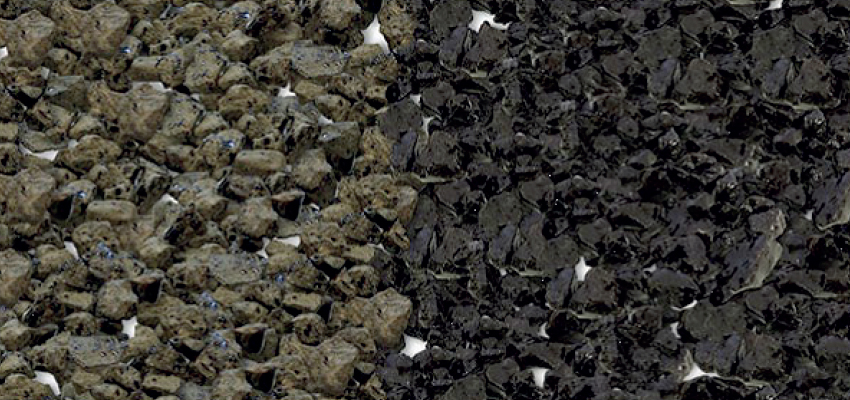+90 (212) 215 5262
info@forta.com.tr

TARMAX - Anti-Stripping Agent
TARMAX enhances peel resistance to ensure a strong bond between bitumen and aggregate. Premature deterioration of bitumen due to water movement is a common problem and a significant cause of asphalt pavement failure. The main culprit behind this issue is inadequate adhesion between bitumen and commonly used aggregates. Most aggregates exhibit high values (up to 70%) and a significant failure in bitumen adhesion properties.
Advantages:
Water-related damage can result in outcomes such as wheel tracking, raveling, bleeding, cracking, and pothole formation. There are very few types of aggregates that can resist water movement because water can enter the asphalt pavement structure, wet aggregates, rainwater, or vapor from the sub-base in many ways. Other factors that increase water-related damage include siliceous aggregates or dusty aggregates.
One of the most important parameters affecting the service life of bituminous coatings is the surface tension affecting the adhesion between aggregate and bitumen. When compared to the total asphalt materials costs, TARMAX use only slightly increases the service life of the asphalt road with a small extra cost.
Application:
Aggregates have water-absorbent properties, so water easily covers the aggregate. On the other hand, bitumen never mixes with water and moves away from the water-containing environment.
TARMAX is generally used as an anti-stripping agent in Hot Mix Asphalt and surface dressing applications. TARMAX can be mixed manually or automatically with bitumen in the service tank using a circulation pump. The dosage of TARMAX ranges from 1% to 4% of the weight of bitumen. TARMAX comes in liquid form for various activity groups. The dosage is determined according to the activity/type of TARMAX.
Packaging and Storage:
The product should be kept away from sunlight, moisture, and humidity. It is supplied in 180 kg barrels or 1000 kg IBCs.